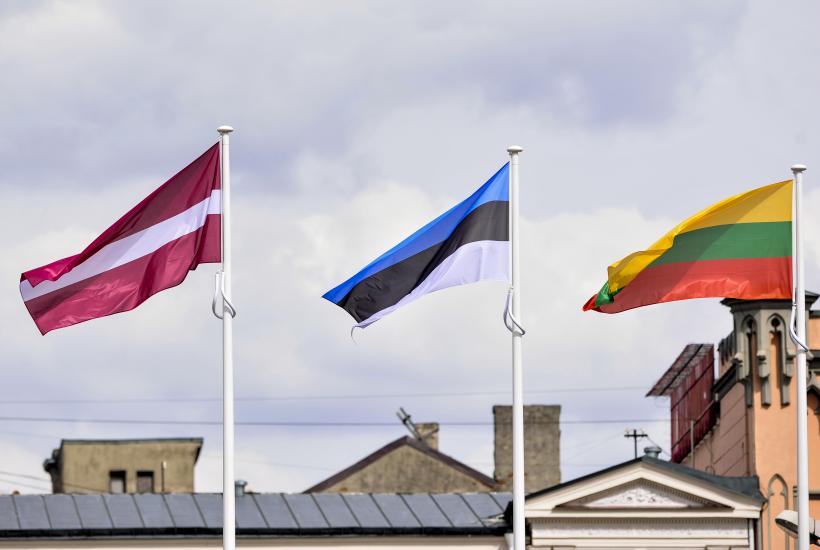Estonia is officially closing a small but unusual transit corridor that briefly cuts through Russian territory, ending decades of a quirky travel shortcut.
The route, known locally as the “Saatse Boot,” has linked Estonian villages for generations, but recent security concerns prompted the government to act decisively.
Prime Minister Confirms Closure for Citizens’ Safety
Prime Minister Kristen Michal confirmed the permanent closure, emphasizing that Estonians should no longer rely on foreign land for domestic travel.
The one-kilometer asphalted section connected the sparsely populated villages of Sesniki and Lutepää in Võrumaa County, allowing travelers to briefly cross into Russian territory without undergoing border checks before re-entering Estonia.
Last week, border guards blocked passage through the enclave, citing “increased activity from the neighboring side.”
Soon after, Foreign Minister Margus Tsahkna announced the government’s intention to make the closure permanent.
Michal explained after a cabinet meeting: “Estonian citizens should not depend on foreign land for their movement. The chosen route will remain inaccessible.”
Plans for a Domestic Bypass Accelerated
Officials have turned their focus to building a domestic bypass that will completely circumvent the Russian enclave.
Defense Minister Hanno Pevkur revealed that construction on the alternative route has already started, moving up the timeline significantly from previous reports, which had set work to begin in 2026 with completion in 2028.
A year ago, local media estimated that fencing off the Saatse section would cost roughly seven million euros.
The project is now part of Estonia’s broader effort to modernize eastern border infrastructure and reduce dependence on Russian territory, strengthening national control and security.
Border Disputes and Legal Ambiguity
The Estonia-Russia border stretches 338 kilometers, including 135 kilometers overland, 76 along the Narva River, and 127 across Lake Peipus.
Despite signed agreements on border demarcation and maritime zones in 2014, neither country’s parliament has ratified them.
This leaves several stretches of the frontier, including the Saatse corridor, in a unique legal and logistical limbo.
The closure reflects Estonia’s effort to assert control over its domestic movement and minimize reliance on areas with undefined border status.
Share on Facebook «||» Share on Twitter «||» Share on Reddit «||» Share on LinkedIn